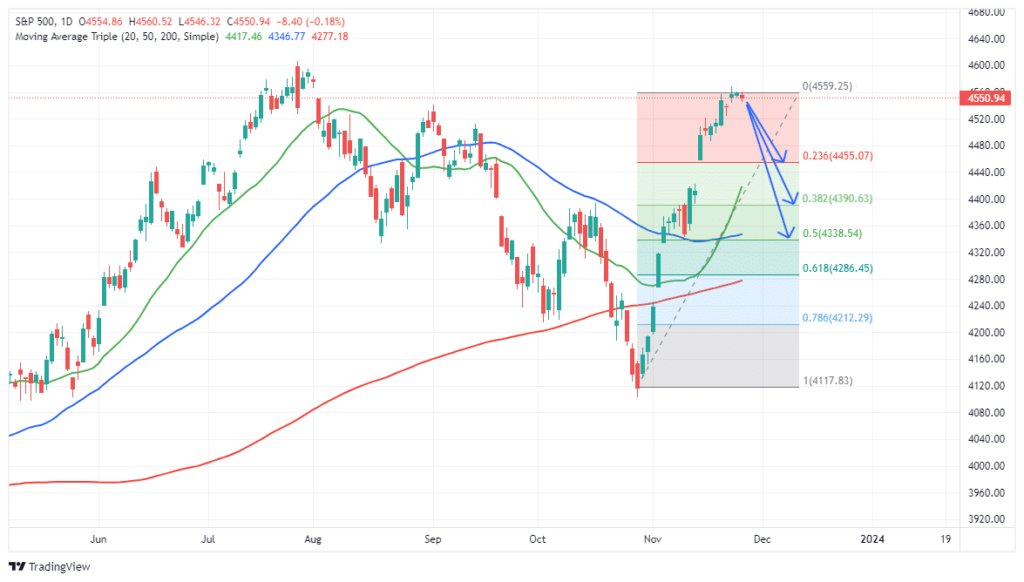With the holiday season in full swing, look out your window. You will see FedEx and UPS trucks, and those from the U.S. Postal Service and Amazon. Believe it or not, Amazon is the truck you may most frequently see. Per the WSJ, Amazon “has grabbed the crown of biggest delivery business in the U.S., surpassing both UPS and FedEx in parcel volumes.” In 2020, Amazon delivered more than FedEx, and it just surpassed FedEx in 2022. Amazon went from being a giant FedEx and UPS customer to their biggest competitor in just ten years. The U.S. Postal Service is still the largest deliverer by volume, as they handle packages for all three deliverers as well as their commercial and individual customers.
The graph below from the WSJ shows that parcel delivery growth has flatlined at UPS and FedEx while it has grown rapidly at Amazon. Amazon uses a creative strategy to expand its services. For about five years, they have been employing contractors to help meet their customers’ needs. They now elicit the help of over 200,000 contractor drivers. The strategy allows them to expand their network, reach more customers, and keep revenue in-house. Revenue at UPS and FedEx has grown 5x and 9x, respectively, since 1993. However, both companies are witnessing declining revenue over the last year. In the past 30 years, they only experienced falling revenue during the recession of 2008/09. Amazon is a problem for UPS and FedEx.

What To Watch Today
Earnings

Economy

Market Trading Update
The market ended a little lower yesterday in mixed trading all day. Such is unsurprising, given the massive run since the beginning of November. With the market extremely overbought, we have previously pointed out the risk of a pullback in the first few weeks of December before the traditional year-end “Santa Rally.” The chart below shows potential retracement levels for such a correction, providing logical entry points to increase equity exposure in portfolios if needed.
A 23.6% retracement would coincide with the 20-DMA, which is rising strongly and should provide initial support at that level. A failure at that minor support would then retrace the “gap up” in the index from early November. The 38.2% and 50% retracement levels are key support and will coincide with the 50-DMA. While a deeper correction to the 200-DMA, encompassing a 61.8% retracement, is possible, it is unlikely, given the market’s current momentum. However, if such does occur, it would likely coincide with the onset of either a much more “hawkish” Federal Reserve and/or substantially weaker economic data surfacing. For now, the 23.6% to 38.2% rectracements seem the most logical before a year-end rally. Trade accordingly.


Ten Fed Speakers This Week- Pay Attention
This week, ten Fed members and likely more will speak on the state of the economy, inflation, and monetary policy. If you recall, two weeks before the last FOMC meeting, several Fed members let it be known that higher interest rates were weighing on the economy. Consequently, they alluded that a pause of rate hikes was likely. Simply, the market was doing their work for them. The messages were clearly coordinated.
Over the last few weeks, financial conditions have eased quite a bit. As we wrote in Looser Financial Condition Are A Problem For The Fed:
What Powell stated was overlooked by the market last week.Powell clarifies that recent interest rate increases, a stronger dollar, and weaker stock prices could keep them from hiking rates. However, he qualifies the statement by emphasizing they want to see the persistence of said market conditions. What they do not desire, as shown above, is a reversal to looser financial conditions. In other words, the Fed does NOT want to see stock prices and bond yields “fluctuating back and forth.“
With the next Fed meeting on December 13, this will be the last week for Fed members to speak before their self-imposed media blackout next week. As such, keep a close ear on their discussions of financial conditions. Will they back off the seemingly dovish sentiment and present a unified hawkish outlook on rates? If they are concerned, expect similar messaging this week. Of most importance will be Powell’s speech on Friday.
The odds of a rate hike at the December 13th meeting are currently a hair above zero percent. They increase for the January 31st meeting but only to 6.9%. After that, the odds grow for a rate cut. This week, we will monitor the target rate probabilities to see if Fed speakers are affecting Fed Fund rate expectations.

50 of 51 States (Including DC) Are Reporting Higher Unemployment
Danielle DiMartino Booth shares an interesting statistic with potentially significant ramifications for payrolls. Including Washington D.C., 50 states reported their unemployment rose last month. Such has occurred nine other times since 1976. The data below overwhelmingly show that after 50 states report increasing unemployment rates, the subsequent one, two, and three months have always seen a shrinkage in the BLS payrolls report. With October passing the 50 state/D.C. threshold, will next week’s employment report show a decline in payrolls? If so, it would be quite a shock to the markets. The current estimate for the October BLS report due next Friday is a gain of 125k jobs.
The second table below shows the most recent unemployment figures by state. If you are having trouble reading it, click HERE to view it.


Tweet of the Day

Please subscribe to the daily commentary to receive these updates every morning before the opening bell.
If you found this blog useful, please send it to someone else, share it on social media, or contact us to set up a meeting.


